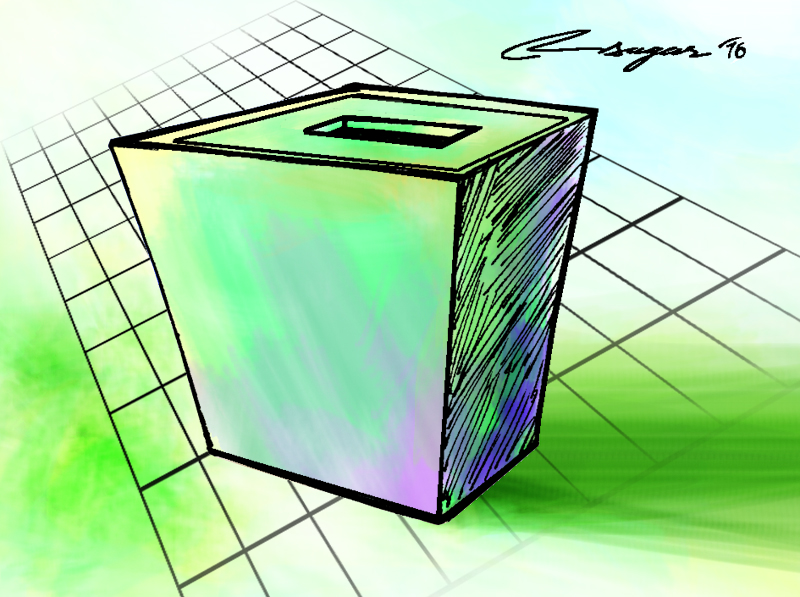Question of threshold: A stabilising factor
A lower threshold ensures a more representative parliament while a higher threshold ensures political stability. Threshold has been widely accepted and used as an instrument to balance the representative nature of the parliament
Whether or not to keep a threshold provision for election is a contentious issue among political parties. An amendment bill to political party legislation is being reviewed and discussed at the sub-committee under the parliamentary state affairs committee, but it doesn’t show signs of moving forward due to lack of consensus among big and fringe parties on a threshold. Big parties have in principle agreed to provision three percent threshold but fringe parties are opposed to it.
Currently there are around 31 political parties in the parliament. Of them, only 11 parties garnered more than one percent of the votes. Had there been a three percent threshold provision, only four parties would have been represented in the second Constituent Assembly (CA) elections. The provision of one percent threshold could have secured representation of only 11 political parties in the current parliament. The possible scenario of dismal legislative representation must have scared fringe parties of being deprived of their current parliamentary status during the upcoming provincial and federal elections.
Debate on a threshold has time and again figured in the political narratives but has never materialized. We should be mindful of the fact that an electoral law and political system are intrinsically linked. Reforms in the electoral laws lead to reforms in the political system, and a reformed political system leads to better and stable democratic governance. Frequent changes of governments, unstable politics and fragmentation of political parties into tiny groups hit records after the CA election. The ongoing trade-off on threshold issue is a denominator of political parties’ anti-reform tendency, though they never refrain from making promises for electoral reforms.
Global experience and practice show that use of a electoral threshold plays a vital role in offering us opportunities to discourage political instability, rapid change of governments and formation of countless smaller political parties, some of which are even led by a single parliamentarian for selfish motives. It seems that if political parties again fail to bulldoze the threshold provision in the political party legislation bill this time too, people would hardly trust them and question their credibility and commitment for future electoral reforms.
A threshold balances political stability and parliamentary representation. Many countries have adopted it taking into account their own local realities, geography and demographic composition. Many countries have adopted a certain percent of threshold as a minimum democratic criterion for parties to be eligible for representation in the parliament. Globally there is a practice of putting a threshold as low as 0.67 percent in the Netherlands and as high as 10 percent in Turkey.
Some countries have even proposed a separate but higher threshold for political party coalitions during elections. The electoral threshold for political party coalition varies from five to 15 percent. Hungarian law has fixed a 10 percent threshold for bipartite coalition and 15 percent for multi-party coalitions. Slovakia has 7 and 10 percent thresholds for bipartite and multi-party collations respectively. Poland, Romania and Moldova have eight, 10 and 12 percent threshold for political party alliances during elections.
Experience shows that some of the countries have even practiced a separate threshold provision for national and regional political parties. Georgia has five percent threshold for national elections and seven percent for regional elections. A threshold has played an important role in stabilizing politics in different countries across the globe. To encourage ethnic and minority representation in political process, the threshold provision in Poland doesn’t apply to ethnic and minority political parties. Similarly, Romania has a separate threshold for ethnic political groups. These varied experiences show that differential use of the threshold provision has helped balance representation and stability of the governments in different countries.
The provision of threshold serves as a stabilizing factor for politics. Prudent use of electoral threshold ensures political and governmental stability. If we had legalized threshold provisions in the past CA elections, it could have mitigated some of the political ills we have been witnessing over the years. In parliamentary elections after the 1990s, there was a provision for parties to secure at least three percent of the cast votes to qualify for a national political party status. It was also a kind of electoral threshold but was later removed during the 2008 CA election to allow political parties more representation in the constitution writing process.
A lower threshold ensures a more representative parliament while a higher threshold ensures political stability. That is why threshold has been widely accepted and used as an instrument to balance the representative nature of the parliament and stability of the democratic polity. Therefore, a country like Nepal with its ethnic, geographic, cultural, religious and linguistic diversity can take into account its contextual realities to use the threshold in different ways. But, political lobbying by fringe parties to pressurize political heavyweights to roll back their proposal on threshold doesn’t augur well for a federal democratic polity of Nepal






